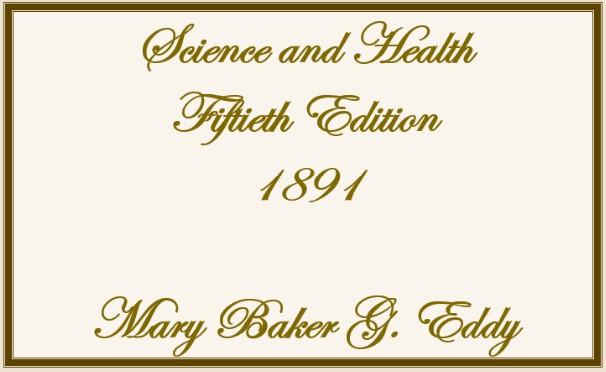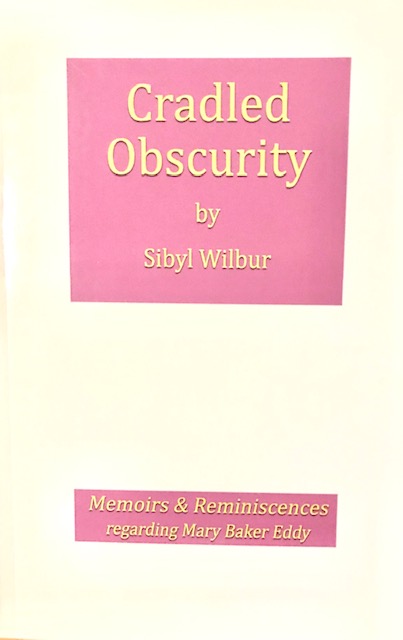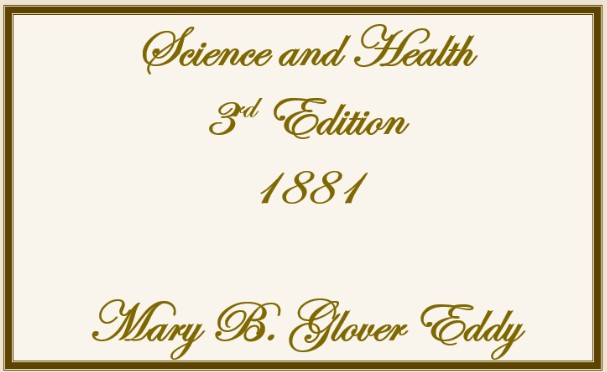Mrs. Eddy’s announcement of the Fiftieth Edition of Science and Health was in the
Christian Journal of March, 1891 – pages 509 – 515.
Never before had Mrs. Eddy given such emphasis on any prior or latter edition of Science and Health. She spend SIX Journal pages talking of “the New Book”! The following are excerpts taken from the above-mentioned Journal.
THE NEW BOOK.
FIAT LUX.
“THE long-looked-for, much-coveted volume of SCIENCE AND HEALTH, that is to mark an epoch in the Christian Science movement, has at last appeared; and will be eagerly searched, studied, poured over, by every student among us.” (p. 509)
“. . . A few observations are worthy a place.
1st. Every careful student will discover that the new volume is pre-eminently a book of the Spirit. This is not to intimate a lack in the letter; but, to claim that the conscientious student of the new SCIENCE AND HEALTH cannot long remain in the letter merely. He will be taken out of that into the unfolding glories of Truth. Especially will he be led to a realization that, to be a genuine Christian Scientist, Love must become the sole law of his being–its beginning and end. The letter is all expressed–otherwise the book could not be what it should be–but it does not appear as a skeletonized system of abstract doctrine. It is clothed in radiant grace and loveliness which cause us to forget its presence as mere letter and, indeed, it is not time we turned our attention higher! In truth, the evangelistic spirit of this new Science and Health is its crowning merit. Christian Science becomes something for practical, every-day life; thus, more and more will it be recognized as being–not a mere theory–but a life of individual goodness and Truth.” (p. 514)
“3rd. The new SCIENCE AND HEALTH will prove, to many, an invitation to the wedding feast. ‘Write, blessed are they who are called to the marriage supper of the Lamb.’ Happy, indeed, are they who having on the wedding garment come–and come as to a feast spread for all; a feast where Understanding, Truth, Joy and Love nourish and sustain our fainting senses. ” (p. 515)




